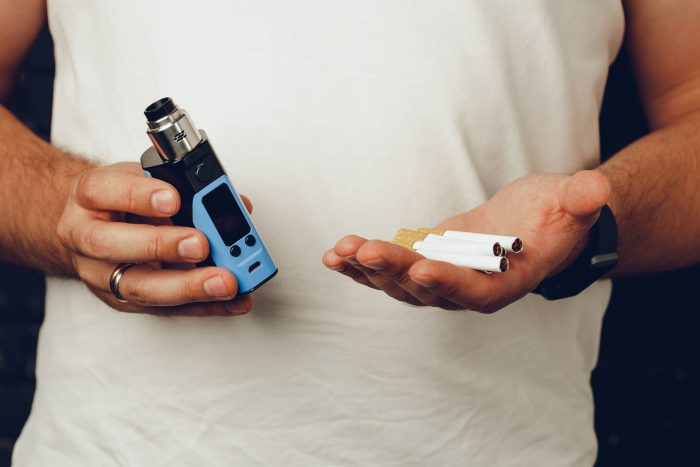World Lung Cancer Day is commemorated every year on November 17, and in 2020, Chile registered 3,969 new cases of lung cancer and 3,550 deaths, a figure that puts it at the top of the list of cancer death rates and among the five countries with the highest incidence rates one.
Its main risk factor is tobacco consumption, which is a global problem, with more than 1.1 billion people in the world being smokers and more than 8 million people dying every year as a direct result or exposure, according to the World Health Organization (WHO).
Although tobacco consumption rates have declined in the country over the past decade, Chile remains the most smoked country in Latin America. Additionally, different alternatives such as e-cigarettes are also gaining popularity following global trends.
Research supported by the American Heart Association’s Center for Tobacco Regulatory Science found that among U.S. consumers, the proportion reporting daily tobacco use increased significantly, from 34.5% in 2017 to 44.4% in 2020.
Mauricio Rivas, an oncologist at the RedSalud Cancer Institute, expressed his concern because “a new generation is now exposed to other forms of smoking such as e-cigarettes, which many mistakenly believe are harmless. Harmful. However, they can also be harmful to your health. Some recent studies have shown that the chemicals these devices heat may cause cell damage and are considered potentially carcinogenic.”
Additionally, these products are also used by other groups as an alternative method of kicking the habit.
In this sense, he added, “While we have seen that e-cigarettes can be effective in quitting smoking, they should not be considered a first choice given their many risks. Furthermore, people are starting to integrate them into their daily lives, Consumption of them on the street, at work, at home creates an addiction.”
Lung cancer warning signs
Lung cancer usually affects people over the age of 50 and 60, especially men, and is diagnosed at an average age of 70. The main risk factor is tobacco consumption.
“Smoking can cause cancer in almost all parts of the body, but when it comes to the lungs, about nine out of 10 cancers are caused by smoking. The longer you smoke and the more packs of cigarettes you consume each day, the greater the risk . Additionally, non-smokers who are exposed to secondhand smoke may also be at increased risk,” he maintained.
Other risk factors include a family history of lung cancer, previous radiation therapy for chest cancer, and exposure to environmental carcinogens.
In Chile, exposure to chemical gases such as radon or arsenic is becoming increasingly important in the northern regions of our country. This is why regions such as Arica, Parinacota, Tarapacá, Antofagasta and Atacama have higher rates of this type of cancer.
In most cases, it does not cause symptoms in its early stages, making diagnosis difficult.The most common include a cough that lasts or gets worse over time; coughing up blood or phlegm with a rusty sound; chest pain
It gets worse when you take deep breaths, cough, or laugh; hoarseness; unexplained loss of appetite, weight loss, difficulty breathing, and infections such as bronchitis and pneumonia that don’t go away or keep coming back.
“To stop its progression, we must focus on prevention, promote a healthy lifestyle, and detect the disease early to ensure timely treatment,” experts said.
Regarding treatment, oncologists note that it will depend on the type of cancer, its stage and whether the patient’s lung function allows it.
“Surgery provides the best early survival rates for patients with non-small cell carcinoma. Additionally, there are alternatives to chemotherapy, radiation therapy, targeted therapy, or a combination of these therapies,” he concluded.

